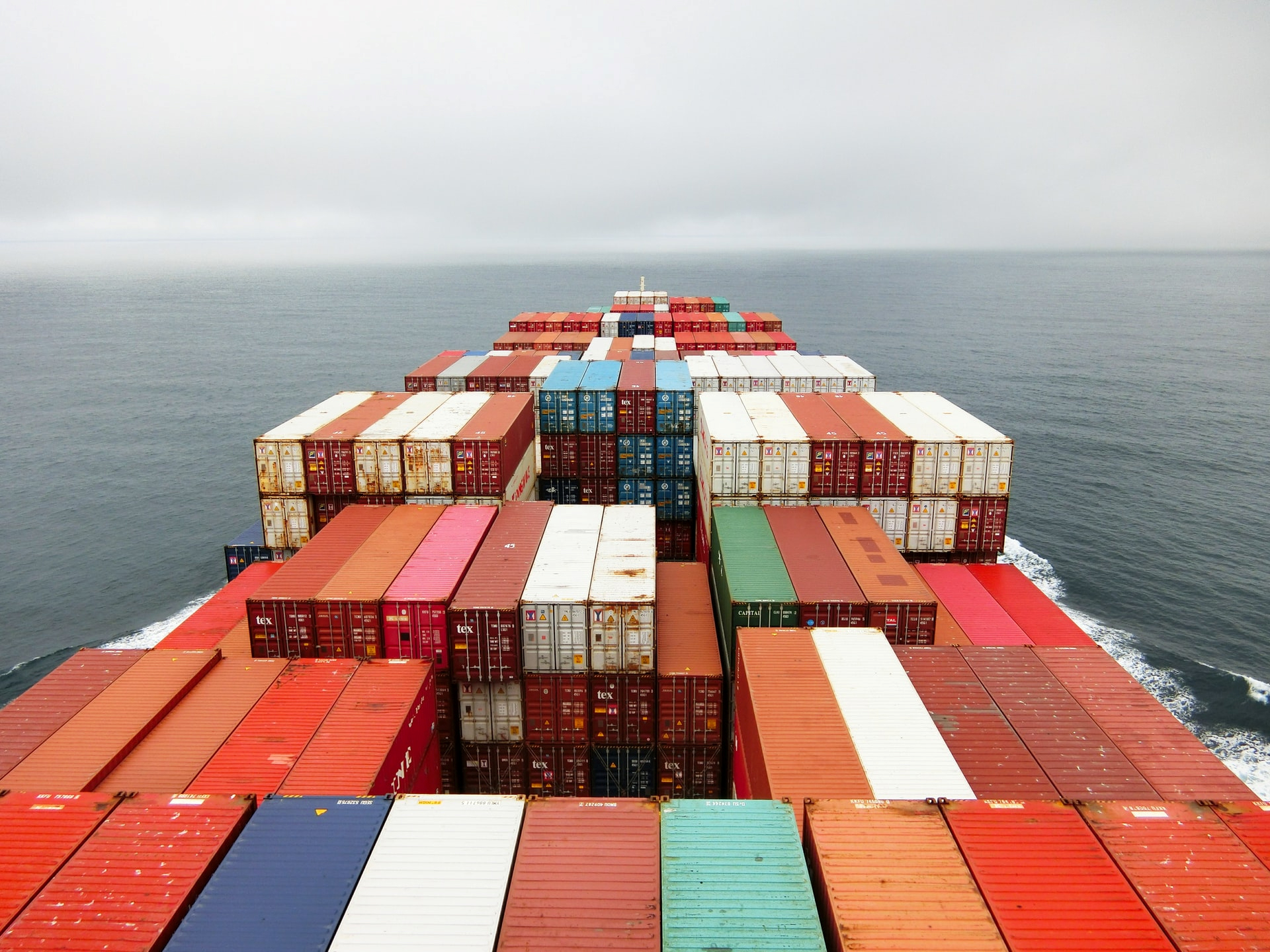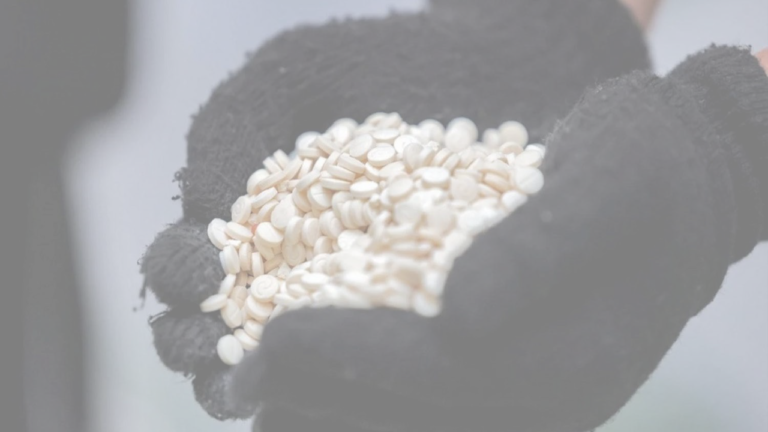Just as global supply chains were expected to start moving towards recovery from the complications caused by COVID-19, things took a turn for the worse. Unlike many other states, China continues to have a zero-tolerance COVID-19 policy in place, closing down entire cities for even the slightest sign of the virus. Recent outbreaks in Shenzhen and Qingdao have caused immense shipping delays in their ports. Depots serving local ports are being closed indefinitely, and land-based cargo going to and from these ports is also hampered. These closures have also restricted airfreight coming in and out of major cities like Shanghai, causing cargo carriers to cancel flights.
The war in Ukraine and western sanctions against Russia have closed both air and rail routes traversing the two countries. European firms traditionally utilize rail across Russia to get their goods to China must now find sea routes to get them to their destination. Shipping via air routes faces similar issues as Russia’s expansive air space becomes blocked for western companies due to reciprocal sanctions. According to the International Air Traffic Association, air cargo rates were 150% higher in December 2021 than 2019. These rates are only expected to rise while overall shipping capacity will shrink due to the ongoing sanctions. For example, Russian AirBridgeCargo Airlines account for about 4% of worldwide international air cargo, usually ferrying freight between China and Europe.
In conjunction with troubles related to the actual movement of goods, the ongoing situation will also exacerbate the price of fuel required to transport them. Russia is the third-largest producer of oil globally and comes in second in terms of global natural gas production. Fuel prices have already seen a significant spike, and they will likely only get worse over time. The shipping cost via land, sea, and air will increase, and considerable delays are also certain.
The supply chain crisis will continue to be precarious for the foreseeable future. No one can determine when the war in Ukraine and related sanctions will cease. It is even more challenging to predict COVID-19 outbreaks in China. Companies relying heavily on materials and products that lean on routes encompassing these regions will need to assess the situation daily and on a case-by-case basis to find the best possible solution for the supply-related problems they will face. These efforts will undoubtedly be best served through a combination of both internal and third-party engagement.




